The Neolithic arrived in Andalucia about 6000 BC. They set up the first settlements and trading networks
By Nick Nutter | Updated 6 Mar 2022 | Andalucia | History |
Login to add to YOUR Favourites or Read Later
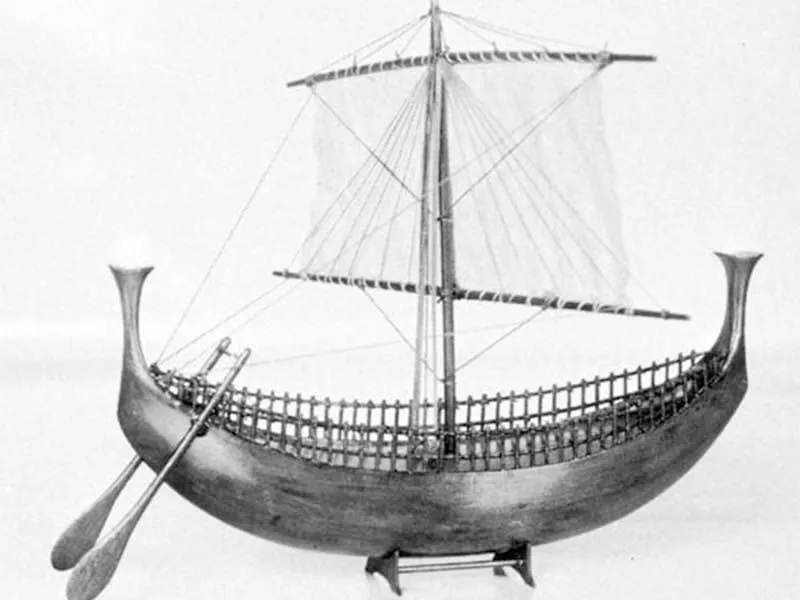
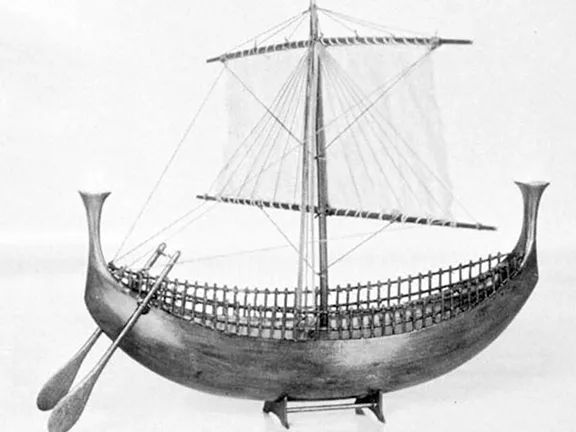
The first article briefly looked at the rise of the Phoenicians from the Natufian inhabitants of a small village called Byblos in the Lebanon to a trading conglomerate in the eastern Mediterranean based at a number of cities including Tyre. The period covered was about 10500 BC to 2500 BC. We now have to look at what was happening in Andalucia over the same period.
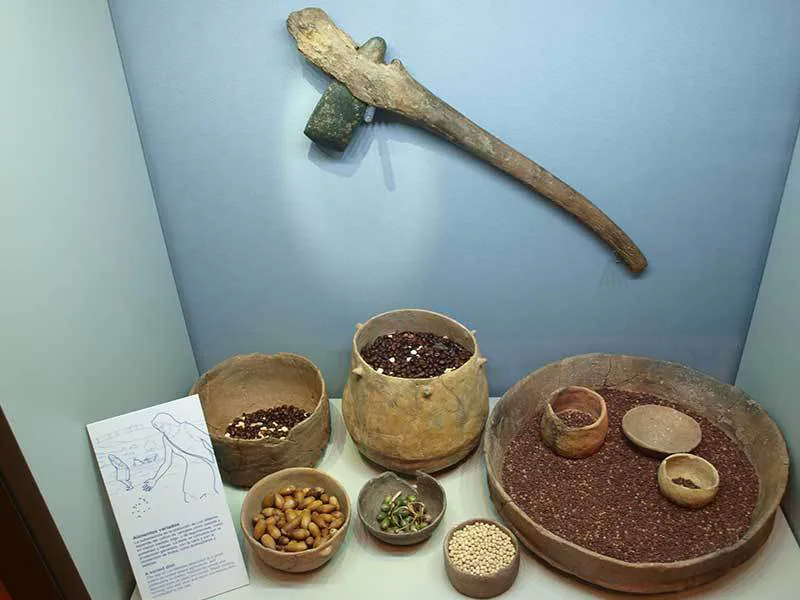
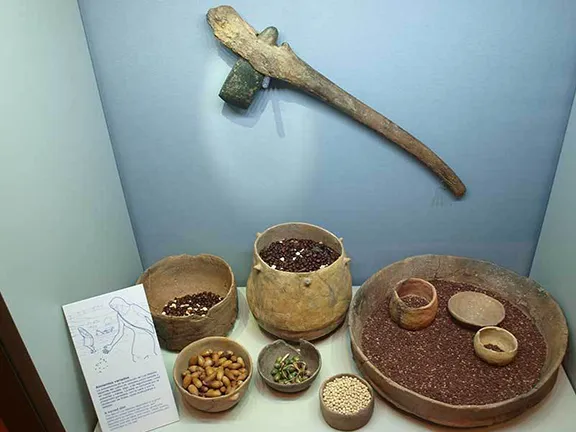

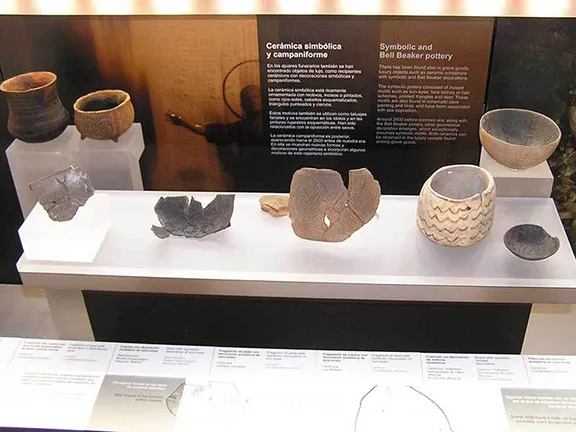
The Natufians in the Levant started to expand their, as yet, very basic agricultural expertise by taking wild cereal seeds from one spot and sowing them in good ground somewhere else and thereby developed, at first by accident and then intentionally, over successive seasons, easy reaping varieties of barley and einkorn. Legumes such as the pea were similarly transplanted and varieties with more and larger peas per pod resulted. Together with supplementary hunting and gathering this gave the Natufians an advantage over the strict hunter-gatherers which was enhanced over time by the gradual domestication of sheep, goats, cattle and pigs.
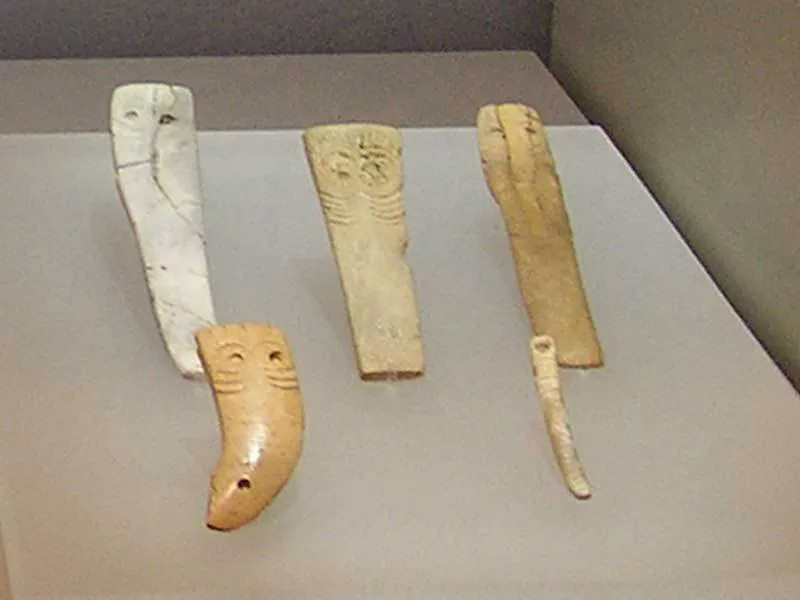

As the climate warmed during the period 9600 to 8500 BC Natufian populations grew and by 8500 BC the first large settlements such as Jericho, with a population of perhaps 500 people, had been founded although the vast majority still lived in family-sized settlements. It is during this period that archaeology reveals the first signs of trading apart from the ‘help thy neighbour’ mutual support enjoyed in hunter-gatherer societies. The potential to produce surplus spurred the exchange of goods such as obsidian, seashells, coral, carved chlorite bowls, cedar and bitumen and during the period 8500 to 7200 BC centres of exchange started to emerge.
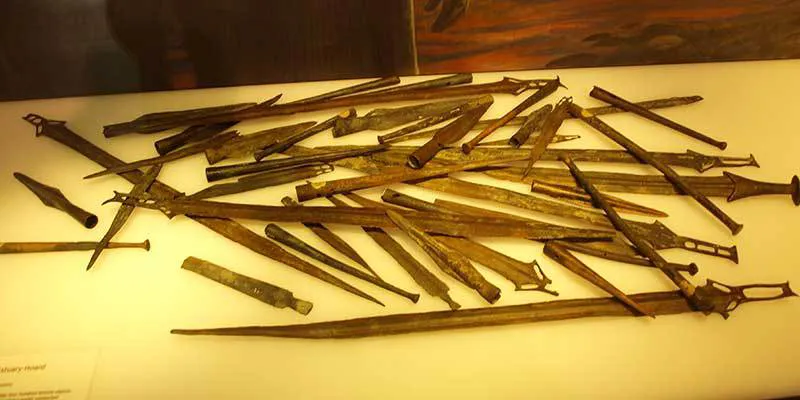
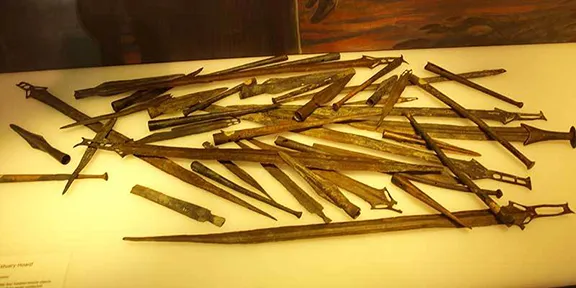
Meanwhile, the Natufians were on the move. A demand for obsidian from Anatolia resulted in at first expeditions, but then wholesale movement of farming families, northwards into that region. There, in addition to obsidian, they found copper and the first signs of heat-treated copper ores appear in the 9th millennium BC. Similar techniques spread to galena from which lead is extracted by 7000 BC. From Anatolia, the Neolithic spread into southern Europe and, between 6000 and 5500 BC to Andalucia.
In 1996, archaeologists found a human skull near Europa Point on Gibraltar. DNA analysis revealed that she was from Anatolia and died about 5400 BC, proof that the Neolithic people of the Near East made their way to Andalucia.
These newcomers to the Iberian peninsula brought with them a whole package of innovative goods, skills and beliefs including the ability to build and navigate seaworthy canoes of a substantial size, handcrafted pottery, copper and lead extraction methods, seeds and domesticated animals, a trading ethos and a spiritualism centred on mother earth, ancestors and fertility compared to the hunter-gatherer spirit world based on animistic beliefs. From Iberia, they crossed the Gibraltar Straits into the Maghreb and down the Atlantic coast of Morocco as far as Casablanca. There they stopped, unable to cross the sand barrier of the Sahara desert.
In Iberia, the Natufian people, whose genes by now have been diluted by injections of new blood from the people of the lands between the Levant and Iberia, encountered the established hunter-gatherer people. There is considerable debate as to whether the indigenous population saw farming as desirable or advantageous and adopted Neolithic ways or whether they opposed the albeit very gradual, infiltration of their land. The hunter-gatherer attitude to land ownership may well have been very different from ours. In any case farming communities were established first at coastal sites and then further up river valleys such as those of the Ebro and, in Andalucia, the Guadalquivir. Some hunter-gatherers survived, surrounded by small farming communities until 4500 to 4300 BC. There is no evidence of acrimony between them. It is likely that the Natufians and the local people that adopted their practices continued to hunt and gather to supplement what at first, must have been an undependable source of food. It is also possible that the hunters actually traded their surplus meat for cultivated food.
The stage was now set for the development of what appears to be two separate Mediterranean groups of societies. The first group briefly touched upon in part 1, is in the east. The Levant and wider Near East became a hotbed of activity with proto city-states appearing and disappearing, the concept of nationhood being tested, rejected and adopted, trading networks being established at first on the mainland as far south as the Nile but then overflowing into the island rich environment of the Aegean and then to the larger of the eastern Mediterranean islands, Cyprus and Crete, into the Ionian and Adriatic Seas, Sicily and across the Tyrrhenian Sea to Sardinia and Corsica. The second group, covering the area west of Corsica and Sardinia appears, archaeologically, to be a forgotten backwater. Appearances can be deceptive.
Denied the canoe friendly, island-studded waters of the east the people of Iberia focused on the north. Their developing networks were primarily land-based taking them into northern Spain, through western France and across to the south coast of Britain and as far as the Baltic. This was an area of innovation equal to that displayed in the east. How could it be otherwise? The Iberian peninsula to the south and west had rich sources of copper, lead, silver and to a lesser degree gold. In the far north-west, there was copper and tin. The fertile valleys of its main rivers, the Ebro in Catalonia and the Guadalquivir in Andalucia, had the potential to be as productive as the area between the Euphrates and Tigris and even the Nile itself. The megalithic tradition, for instance, started in Portugal in the 5th millennium BC and spread east and north and even into the Maghreb in North Africa as did the pottery style known as Beaker that managed to reach Sardinia and western Sicily via a circuitous land route and a final hop across the Tyrrhenian Sea. So why do we not see a great civilisation growing in Iberia?
The answer is that we do. The east had a five thousand year head start but the west, in particular, the Iberian peninsula, was working hard, albeit unknowingly for another four thousand years, to catch up.
The first indication that Iberians started their own metalworking industries is at Cerro de la Virgen in what is now the far eastern part of Andalucia. Early indications were that the first copper deposits left on pottery crucibles date to the 5th millennium BC, certainly by the 4th there was a thriving copper industry in that area that spread west to Los Millares and then to the Rio Tinto area. A small amount of trade was conducted with the Neolithic outpost in the Maghreb with ostrich egg and ivory making the return trip. Most of the metallic output, however, was for use locally and to feed into what became known as the Atlantic Bronze trade network. A fortuitous choice since that network included north-west Spain, Portugal and Cornwall in Britain from which areas tin could be obtained, an element somewhat lacking in the eastern Mediterranean and a vital constituent of true bronze. Anatolia had small deposits of cassiterite, the ore that yields tin. Further afield tin was fed into the Near Eastern developing Mediterranean societies from areas around Afghanistan. Neither could satisfy the increasing demand of the elitist societies flourishing in the east.
By the 1st millennium BC, the Atlantic Bronze trade was supplying swords and luxury goods such as roasting spits throughout Spain, Portugal, northwestern France and eastern Britain. Via the same tortuous land route and the Tyrrhenian Sea crossing, Sardinia also benefited from these goods and from there they reached Cyprus.
The knowledge of the source of these products, particularly the swords that were better than anything produced in the east, eventually percolated through to the trading communities operating in the eastern part of the Mediterranean. The stage was set for east to meet west. The only question would be, which of the emerging civilisations would make it first?